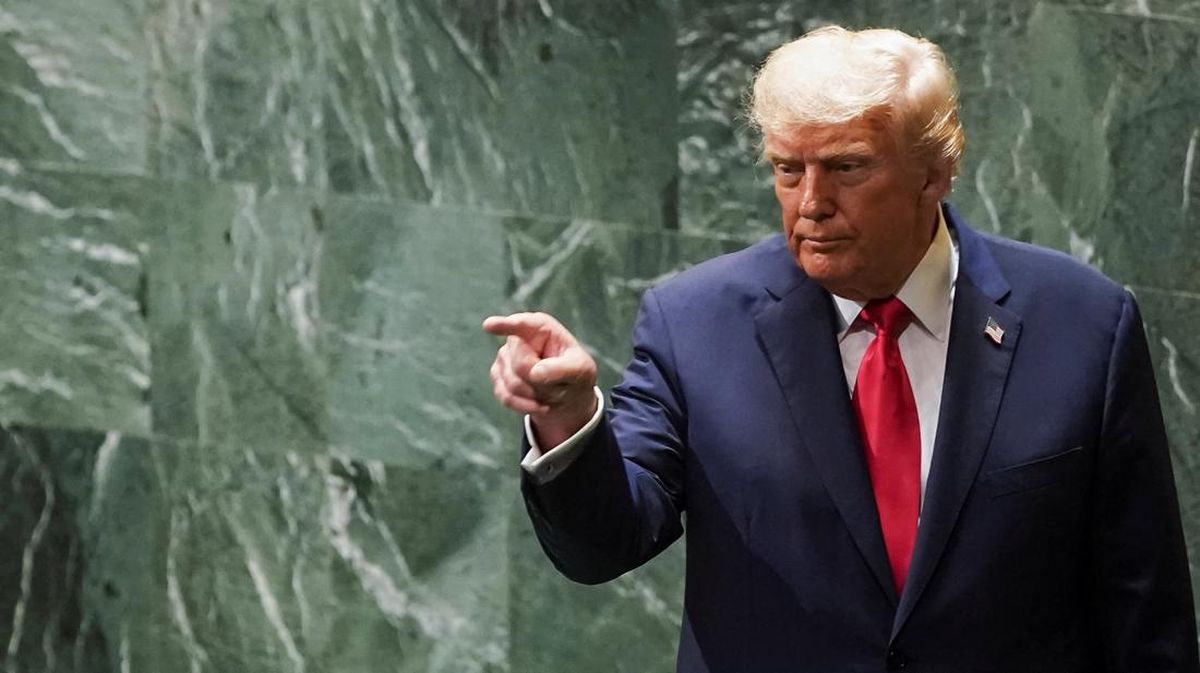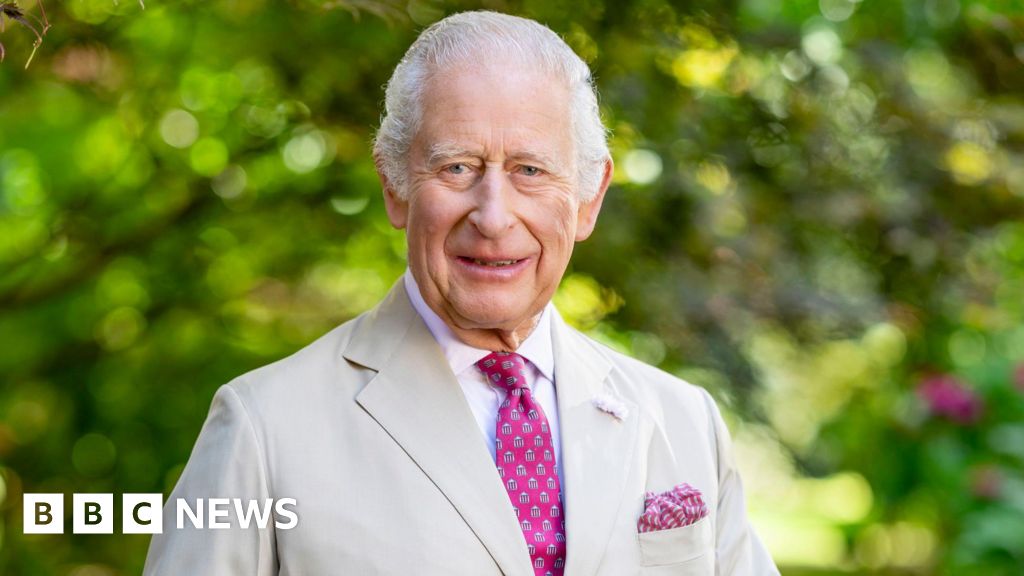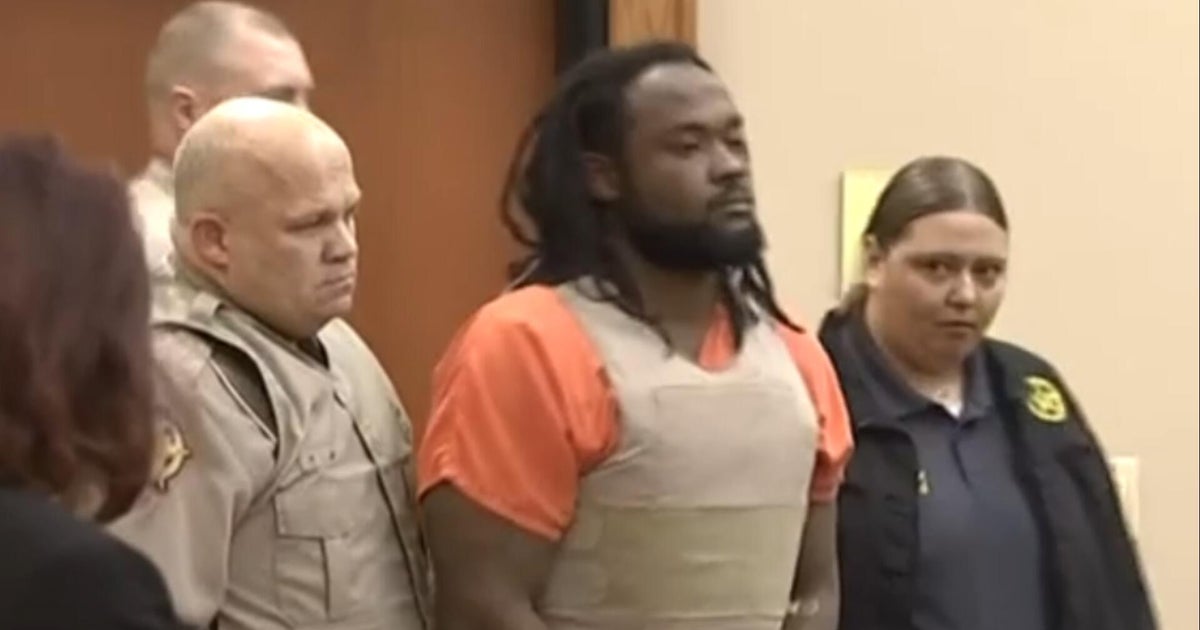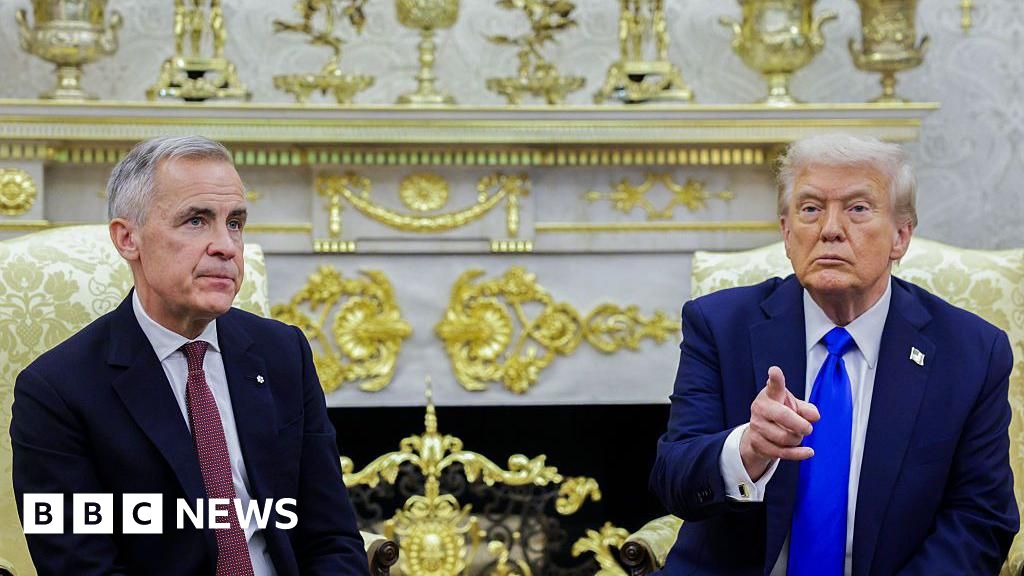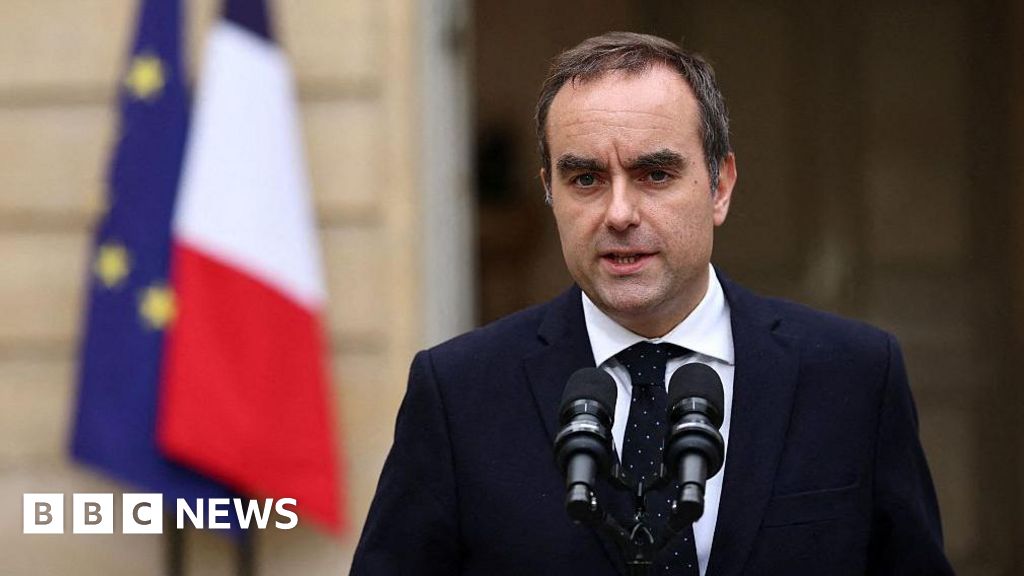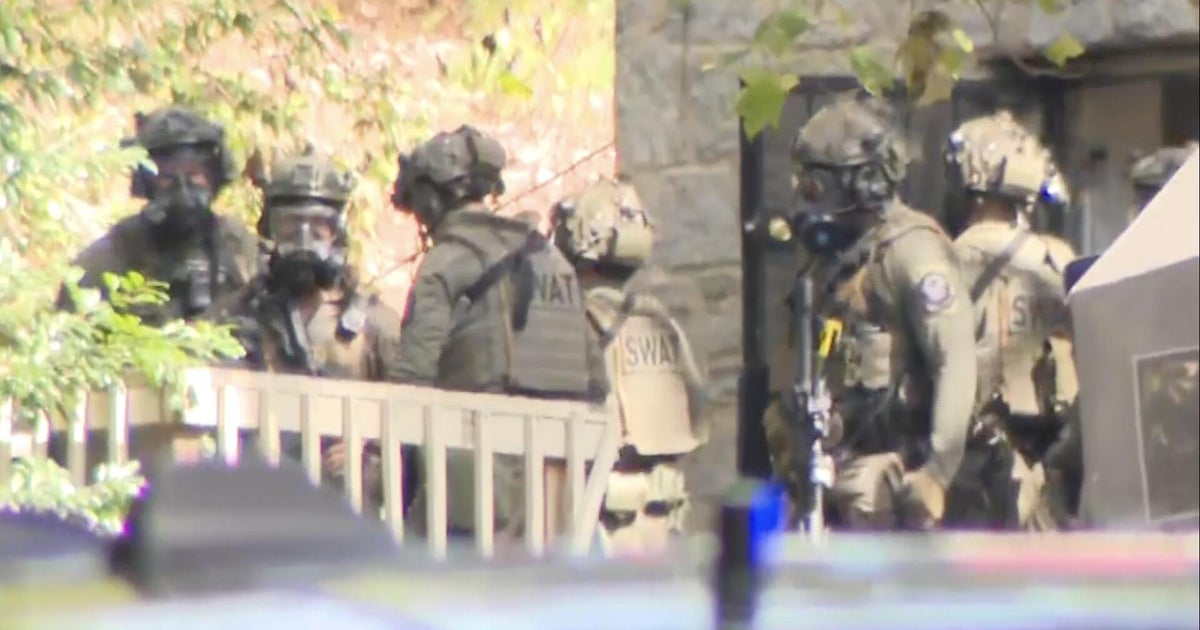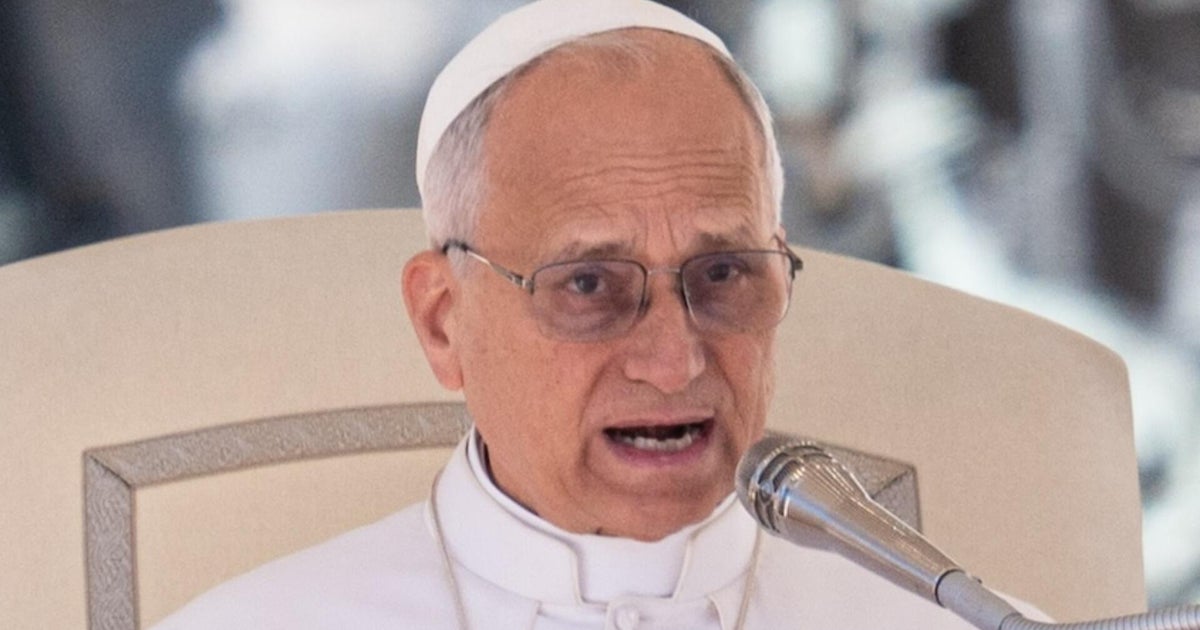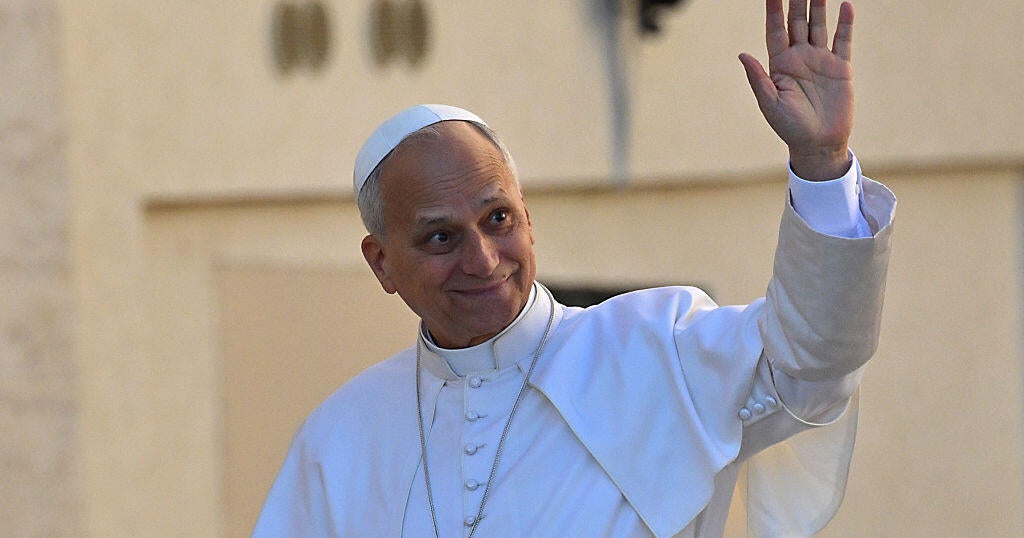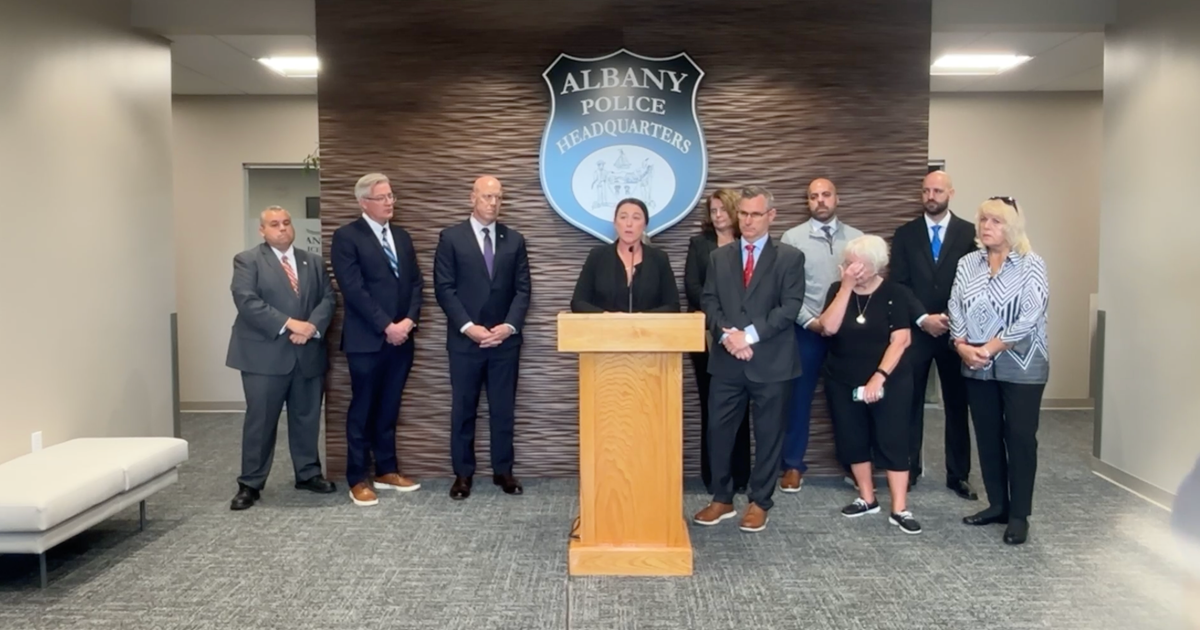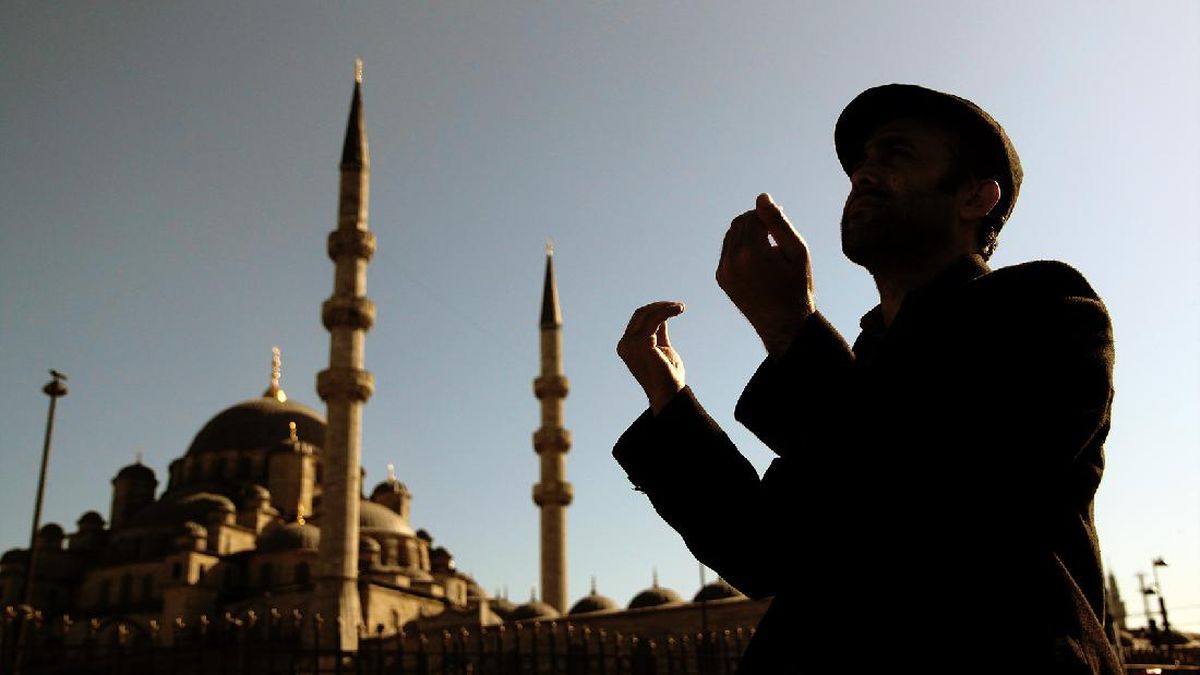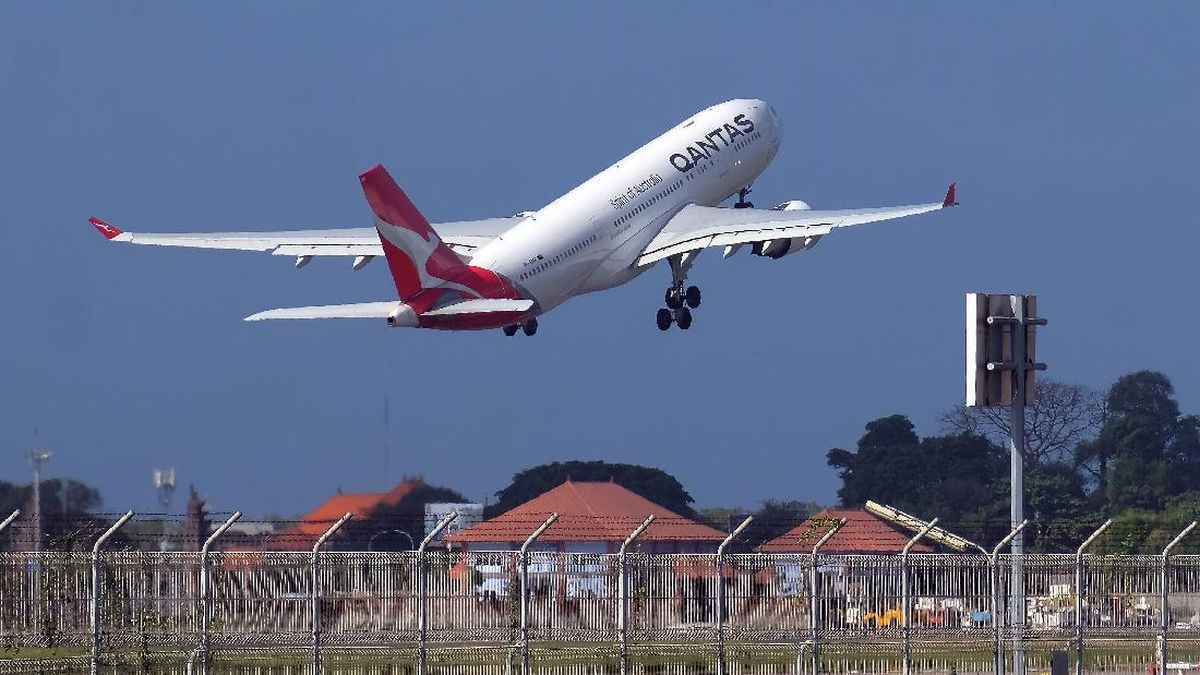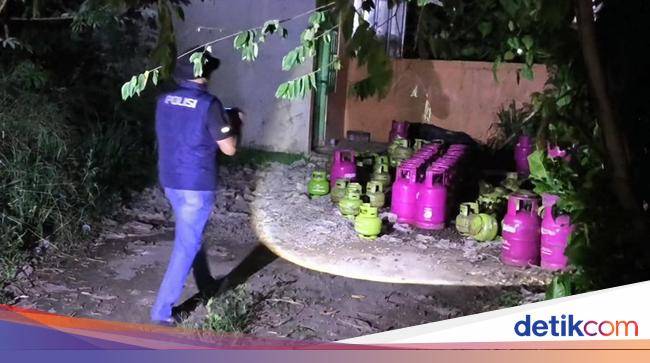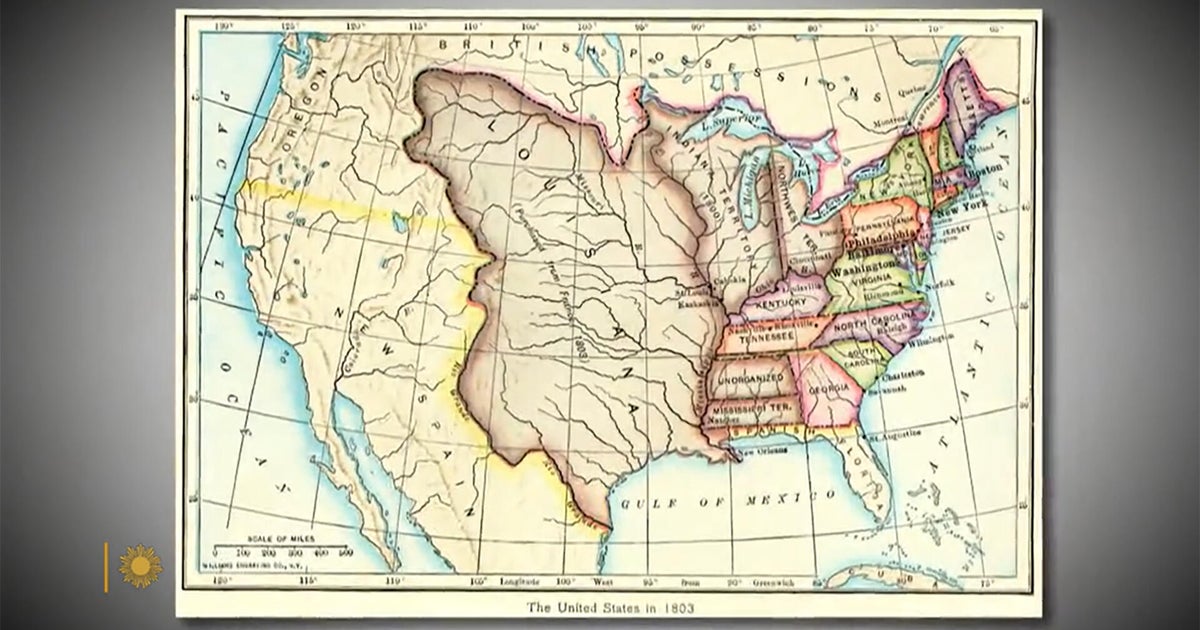By Peter McCallum
July 8, 2025 — 1.51pm
MUSIC
Sydney Chamber Choir
50th Anniversary Gala
City Recital Hall, July 5
Reviewed by PETER McCALLUM
★★★★
Celebrating a 50th birthday with a requiem is certainly tempting fate. However, it was worth the risk for the Sydney Chamber Choir to select Paul Stanhope’s Requiem (2021), one of the finest of the many commissioned pieces from its first half-century, to be the major work in its anniversary gala.
By splicing choral settings of six poems by female writers with settings of the Latin liturgical text, Stanhope has created a rich musical meditation on loss and hope that resonates with monuments of the Western tradition while honouring the expressions of Australian Indigenous culture as expressed in the words of poet Oodgeroo Noonuccal.

Sydney Chamber Choir conductor Sam Allchurch. Credit: Robert Catto
The Introit grows from humble, chant-like passages to a luminously ecstatic moment in a manner that recalls the shape of Faure’s Requiem yet within a totally different musical utterance.
The next movement, a setting of Noonuccal’s Tree Grave, mixed soprano Brooke Window’s bright, pure sound with dragging Mahlerian lines from the small ensemble of harp, percussion and wind instruments.
The Kyrie breaks away from this mood with sharply defined rhythm before florid passages welcoming rain by Neela Nath Das. The setting of Noonuccal’s Song joined leanly expressive singing from tenor Richard Butler with delicately transparent expressions of pain from harp and woodwind before a brief but quickly suppressed outburst near the close.
In contrast to the traditional reverential breadth usually given to the Sanctus, Stanhope conjures holiness with irregular rhythms and angular liveliness reminiscent of Stravinsky. The Agnus Dei, the emotional centre of the work, incorporates a setting of Mary Elizabeth Frye’s poem Do not Stand at my Grave and Weep by the soloists, underpinned by solemn intonations of both Latin and English words from the choir.
Noonuccal’s Dawn Wail for the Dead was preceded by a horn solo in burnished half-light from Euan Harvey. The last two movements return to the chant-like ideas of the opening, and the closing passages mix rekindled hope with lively bird-like snatches from the woodwind for Emily Dickinson’s “Hope” is the Thing with Feathers.
Stanhope’s use of vernacular poetry to humanise the Latin text recalls Britten’s War Requiem but the expressive voice remains distinctively his own.
The first half comprised five short world premieres, beginning with the serenely drifting lines of Nardi Simpson’s Dharriwaa, Narran Lakes Dreaming, mixing English and Yuwaalaraay language to tell the creation story of Narran Lakes.
Anne Cawrse’s The Greatest of These used delicate dissonance to colour the adjectives at the end of familiar New Testament lines, while Stanhope’s We Might be Fifty evoked homely comfort. Song by Luke Byrne had a lively rhythmic underlay to gently imitative lines.
The last of the new commissions, metora by Meta Cohen, was the most expressively varied, simultaneously creating a sense of distance and intensity. Sydney Chamber Choir is to be congratulated on this milestone, although, from the composers and audience members it has nurtured for the past 50 years, it can expect no peace.
MUSIC
Eva Gevorgyan in recital
City Recital Hall. July 7
Reviewed by PETER McCALLUM
★★½
Eva Gevorgyan began the first phrase of Beethoven’s expressively lyrical Piano Sonata No. 27 in E minor, Opus 90 with a show of eager attack then pulled the tempo back as though the second phrase was making a suppliant plea in response.
The gesture was indicative of a free approach to tempo that would inform much of her playing in which each utterance was treated as its own special flower but where the desire to connect them all together into a cogent whole was not always in evidence.
This sonata, written at the start of the composer’s last decade of creative life, is one of several works of the years 1814-16 that usher in the strong dualities that are often associated with his late style: timelessness and terseness, integration and dissociation, serene song and dense counterpoint (though counterpoint is not a strong feature of this work).
It is as though Beethoven put the heroic aspirations of his earlier music aside to focus more intently on a deeper truth. Serene song is certainly the dominant force in the second and last movement; in expressive eagerness, Gevorgyan was inclined to let the pace run impetuously.
Gevorgyan took a similar approach to the autumnal mellowness of the first of Brahms’ late piano pieces – Opus 119. This is a highly ruminative yet tightly unified work, and unity here was somewhat sacrificed to dreaminess.
Gevorgyan concluded the first half with Ravel’s La Valse (1920) in which the composer’s love of the energy and coyness of Viennese waltzes takes on nightmarish qualities as though the innocent enjoyment of that world was gone forever after the trauma of World War I.
Gevorgyan played it with vertiginous urgency, highlighting sudden accents and sweeping glissandos as though trying to goad the fading waltz back to its former brilliance.
For the second half, Gevorgyan chose Schumann’s set of 21 short cameos, Carnaval Opus 9 highlighting the many changes of character and mood.
The work is like a series of miniature portraits, each looked at with a smile or thoughtful pause before being put aside in favour of the next. In this regard, Schumann’s volatile imagination could be said to find unlikely common ground with the side-swiping short attention span of today’s social media.
Although I didn’t always find the musical thoughts were developed and followed through, Gevorgyan has highly developed and impressive control over what she does at the piano.
Most Viewed in Culture
Loading

